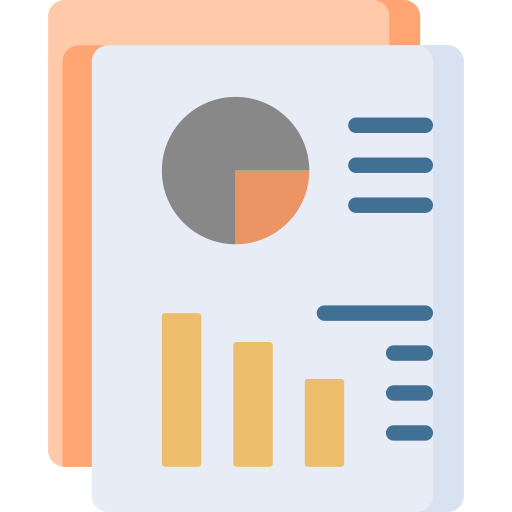Call Now: (+61) 416-195-006
With every passing year, the intensity of the impact of climate change on the Australian forestry deepens. Activities undertaken by humans such as land use, production of fertilizers and use, and fossil fuel combustion contribute to the increasing concentrations of carbon dioxide in the atmosphere, alongside several other greenhouse gases (Australian Treasury , 2008). Our basic living conditions are significantly determined by our climate. Climate is the primary regulator of the growth of forest and other agricultural crops that form the basic suppliers of fiber and food. Climate is the key determinant of energy required for the purpose of heating and cooling. Besides, the potency or strength of pollutants in water and air are mainly influenced by the climate (Ajani, 2007). The Gillard Labor Government introduced the “carbon tax,” also referred to as the Australian carbon pricing scheme back in 2011. The carbon tax was introduced as the Clean Energy Act 2011 with effect from the 1st of July’ 2012. The carbon tax was implemented for a very brief period of time, repealed by the actions of Tony Abbott, the Opposition leader. He manipulated the organizations to cajole them into making little or no investment for the purpose of the reduction of emissions. The Abbott Government repealed the scheme within two years on the 17th of July’ 2014.
The Clean Energy Futures Plan was an energy reform package with the carbon tax being one of its primary components. The purpose of this carbon tax was to cut down on the emissions of greenhouse gases in Australia by a staggering 5% below 2000 levels within a timeframe of 8 years (towards the end of 2020). The carbon tax also proposes the reduction of greenhouse gas emissions by 80% below 2000 levels towards the end of 2050. This plan was then implemented to accomplish its goals by motivating the largest emitters of Australia to enhance energy efficiency. Besides, these emitters were also encouraged to make generous investments in sustainable energy. The Clean Energy Regulator administered the entire scheme.
Minor climatic changes substantially contribute to the changes in forests, and therefore, to the society. A strong influence of climate change is exerted over the ecological functions. These functions include the productivity of plants and the use of water. Forests tend to use a lot of water during the longer growing seasons (Australian Government , 2008). Evaporation is also increased when the winters are warmer. The use of water in greater quantities ensures the the length and occurrence of droughts prolongs. Besides, the summertime soil moisture is also reduced when the water is use massively. The productivity of forests is reduced with the increasing occurrences and lengths of droughts in Australia. Therefore, the trees become vulnerable to diseases, pests and insects. This, in turn, influence the wood supply, fall foliage, and various other resources found in the economy (Australian Bureau of Agricultural and Resource Economics and Sciences, 2012). The Gillard Labor
The Clean Energy Futures Plan was an energy reform package with the carbon tax being one of its primary components. The purpose of this carbon tax was to cut down on the emissions of greenhouse gases in Australia by a staggering 5% below 2000 levels within a timeframe of 8 years (towards the end of 2020). The carbon tax also proposes the reduction of greenhouse gas emissions by 80% below 2000 levels towards the end of 2050. This plan was then implemented to accomplish its goals by motivating the largest emitters of Australia to enhance energy efficiency. Besides, these emitters were also encouraged to make generous investments in sustainable energy. The Clean Energy Regulator administered the entire scheme.
The Gillard Labor Government introduced the “carbon tax,” also referred to as the Australian carbon pricing scheme back in 2011. The carbon tax was introduced as the Clean Energy Act 2011 with effect from the 1st of July’ 2012. The carbon tax was implemented for a very brief period of time, repealed by the actions of Tony Abbott, the Opposition leader. He manipulated the organizations to cajole them into making little or no investment for the purpose of the reduction of emissions. The Abbott Government repealed the scheme within two years on the 17th of July’ 2014.
Climate Change Policies
The Former Labor Government’s Carbon Tax
The Gillard Labor Government introduced the “carbon tax,” also referred to as the Australian carbon pricing scheme back in 2011. The carbon tax was introduced as the Clean Energy Act 2011 with effect from the 1st of July’ 2012 (Maher, 2012). The carbon tax was implemented for a very brief period of time, repealed by the actions of Tony Abbott, the Opposition leader. He manipulated the organizations to cajole them into making little or no investment for the purpose of the reduction of emissions. The Abbott Government repealed the scheme within two years on the 17th of July’ 2014.
The Clean Energy Futures Plan was an energy reform package with the carbon tax being one of its primary components. The purpose of this carbon tax was to cut down on the emissions of greenhouse gases in Australia by a staggering 5% below 2000 levels within a timeframe of 8 years (towards the end of 2020). The carbon tax also proposes the reduction of greenhouse gas emissions by 80% below 2000 levels towards the end of 2050. This plan was then implemented to accomplish its goals by motivating the largest emitters of Australia to enhance energy efficiency. Besides, these emitters were also encouraged to make generous investments in sustainable energy. The Clean Energy Regulator administered the entire scheme (Foschia, 2012).

Chat with our Experts
Want to contact us directly? No Problem. We are always here for you
